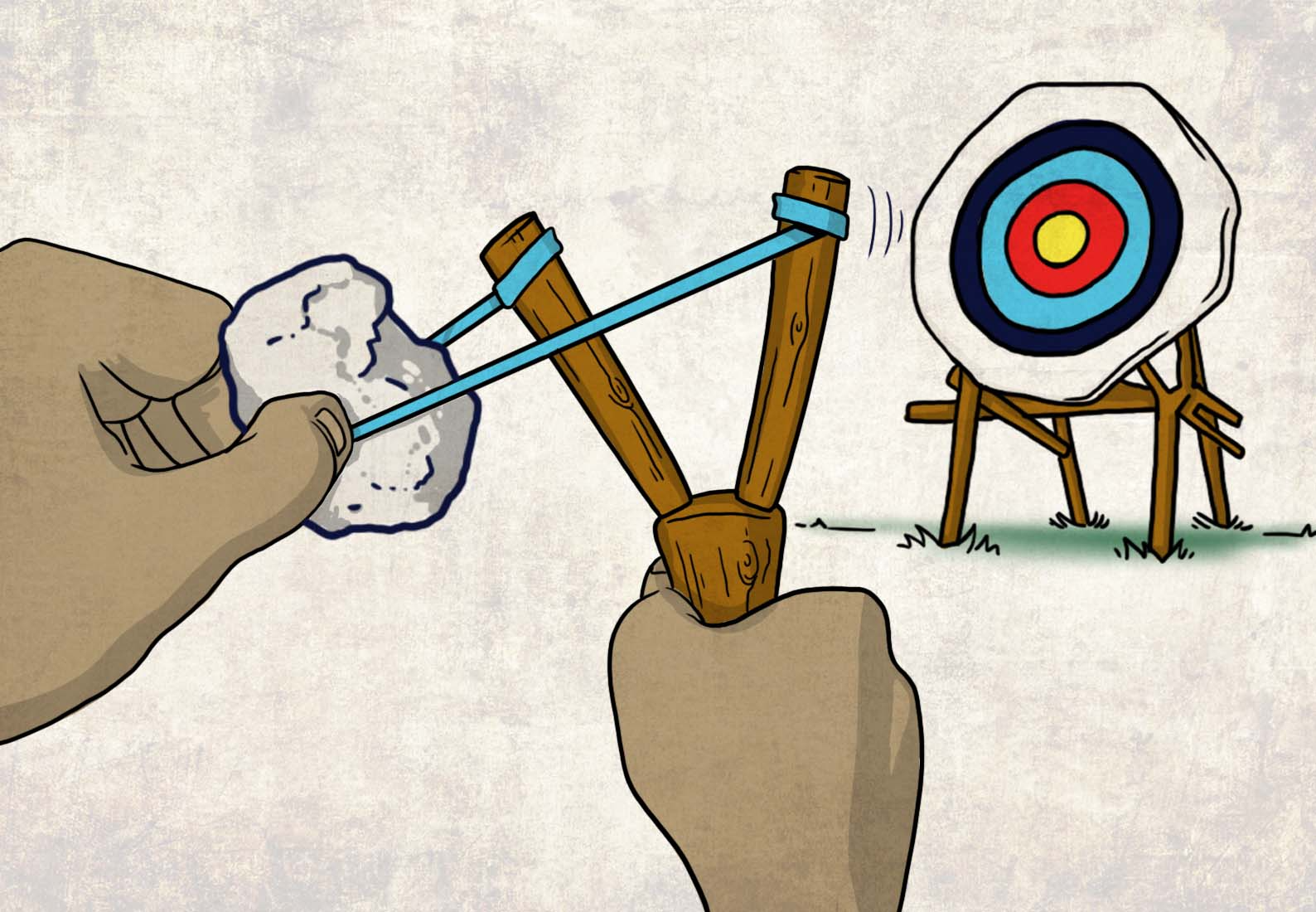Antibodies are specialized protein molecules naturally made by our immune system to help fight off infections. Like a well-aimed slingshot, an antibody is capable of hitting and neutralizing the intended target with astonishing precision. Vaccine-induced antibodies and laboratory-produced monoclonal antibodies (mAbs) have transformed healthcare for millions of individuals suffering from serious and life-threatening diseases, including autoimmunity, metabolic conditions, cancers, and infectious diseases.
From a drug development perspective, mAbs are advantageous for disease targets that are particularly challenging for small molecule drugs, such as when a protein surface lacks pockets deep enough for small molecule drugs to securely bind. Moreover, mAbs generally have a better half-life, which enables them to persist longer in the body. As a result, they need not be taken daily or multiple times a day, as is often the case for traditional drugs. Dosing intervals for mAbs and other biological drugs are typically biweekly, monthly, biannually, and even less frequently in some cases.
A commonly asked question among the drug development community is what role can computational modeling play in helping us to discover safer and more effective antibody-based therapeutics faster and at lower cost than previously possible? The discovery and development of mAbs has historically been driven by trial and error experimentation; however, the tide has turned sharply over the past few years towards the incorporation of predictive computational modeling as an integral part of the discovery process. Currently, virtually all major companies engaged in biologics drug development apply 3D structure determination and computational modeling in their programs. A key inflection point in this progression is the acceleration of advances in deep sequencing of human antibody repertoires and modern structural biology methods, like electron microscopy, which are helping scientists elucidate detailed 3D architectures of proteins.
The course aims to equip bench scientists, including those with no modeling background, with the skills they need to immediately begin making meaningful impact on biologics research projects.
The number of antibody 3D structures deposited into public databases has more than doubled to approximately 6,000 over the last 10 years. Schrödinger is building on this accumulating wealth of structural data to develop robust and accurate predictive solutions for digital biologics design. The best computational modeling solutions are of limited value, however, unless biologics researchers have the requisite knowledge and expertise to effectively apply available methods. A growing realization of this need was the catalyst for the establishment of our introductory computational antibody engineering online course. The course aims to equip bench scientists, including those with no modeling background, with the skills they need to immediately begin making meaningful impact on biologics research projects.
The spectrum of challenges where computational modeling is currently being applied ranges from in silico prediction of unsolved 3D structures of antibodies and vaccine antigens to the prediction of the propensity of biotherapeutic proteins to clamp together into potentially toxic forms called aggregates. Aggregation predictions are performed through physics-driven technologies that hone in on aggregation-prone hotspots by analyzing the surfaces of proteins in atomistic detail. Once the hotspots are identified, the risk associated with aggregation can then be mitigated using multiple computational protein engineering approaches available in Schrödinger’s biologics software suite.
We also utilize in silico methods to determine the most productive pathways for improving the affinity of antibodies toward their target. In some cases, the engineering goal is to enhance exclusive recognition of one target, whereas in other cases the goal is to enable broad recognition of multiple distinct targets. Similar physics-driven in silico engineering methods are applicable to enhancing the stability of mAbs and other biotherapeutics by increasing their resistance to deformation at high temperatures during manufacturing and storage. Stabilization of biotherapeutic molecules also reduces their susceptibility to environmental factors that could alter the biologic drug chemically and thus reduce its therapeutic effectiveness or compromise safety in patients.
Biologics drug discovery has no doubt entered an exciting phase where new approaches that have real potential to forever transform the way we treat intractable diseases are being pursued. Such efforts include exploration of novel antibody architectures aimed at reducing the size of therapeutic antibody molecules to the minimum component required to produce smaller, more stable and still effective antibodies that are easier to manufacture. Yet other approaches seek to expand the functionality of antibodies by, for instance, fusing them to traditional small molecule drugs. In such instances, the exquisite specificity of the antibodies is used to steer small molecule drugs or diagnostics to the intended site of action. Similar approaches at biofunctionalization are at the core of cell-based CAR-T therapy where tumor targeting antibody fragments are coupled to tumor destroying cells of the immune system. Looking ahead, we are confident that structure-based modeling will have a significant impact on accelerating the development of biological treatments.










